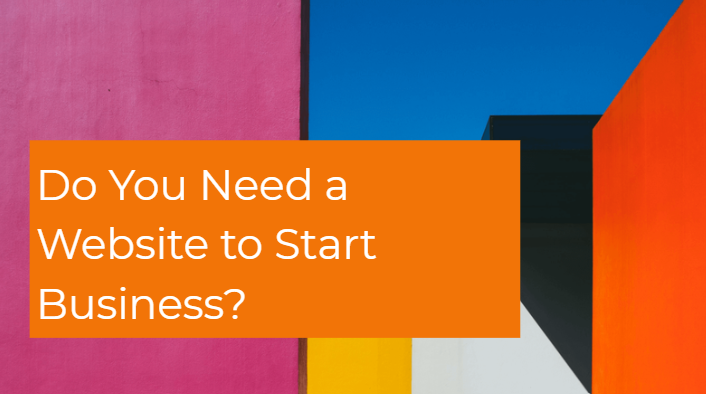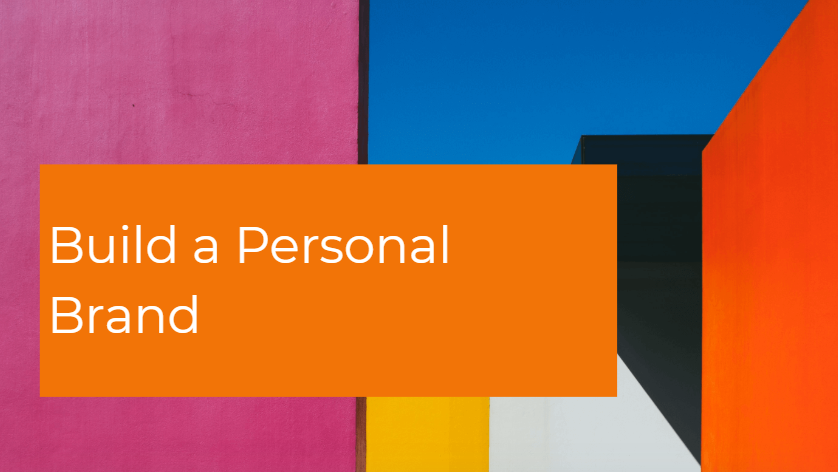Short answer: No, you don’t need a website to start. Long answer: You’ll eventually want one—but not until it actually helps you grow. Let’s break it down.
The Myth of “I Can’t Start Until I Have a Website”
One of the biggest misconceptions holding new entrepreneurs back is the belief that you need a perfect, professional website before you can launch anything.
You don’t.
In fact, focusing on a website too early can slow you down, cost money you don’t need to spend yet, and become a form of procrastination disguised as productivity.
Let’s be clear:
You don’t need a website to start selling.
You don’t need a website to get your first clients.
You don’t need a website to build trust.
What you do need is:
A clear offer
A way for people to find you
A way to deliver value
A simple way to get paid
And you can do all of that without a website.
What You Should Build Before a Website
Instead of spending weeks designing pages and writing copy, here’s what to focus on first:
1. Define your offer
What are you selling? Who is it for? What result does it create?
If you can’t explain this in one sentence, a website won’t help—it’ll just confuse people faster.
2. Create a one-pager or pitch deck
Use Notion, Google Docs, or Canva to build a simple service or product overview. It’s shareable, editable, and easy to update.
Include:
What you offer
What’s included
Pricing
How to book or buy
3. Set up a payment system
Use Stripe, PayPal, Gumroad, or even bank transfers. The key is to remove friction and make it easy for people to pay you.
4. Use a platform where your audience already hangs out
LinkedIn, Instagram, TikTok, WhatsApp groups, Facebook—start there. Build trust and visibility where the people already are.
5. Use a scheduling or form tool
Calendly, Google Forms, Airtable forms—use them to collect leads, book calls, or onboard clients.
All of the above can be done today, without code, hosting, or a web developer.
When You Do Need a Website (And Why It Matters Later)
A website becomes valuable once your business hits a certain point. That’s when it starts working for you.
Here’s when to build one:
✅ 1. You’re getting regular interest or traffic
If people are already asking about your services, visiting your content, or requesting info—it’s time to centralize your message.
A website gives you a permanent, scalable place to send them.
✅ 2. You want to look more professional
Having a domain and branded site builds credibility—especially if you’re in coaching, education, or consulting.
A clean homepage, clear service page, and testimonials can instantly boost trust.
✅ 3. You’re ready to scale with content or products
Once you’re blogging, offering free lead magnets, selling digital products, or running a newsletter, a website becomes your central hub.
You’ll use it to:
Collect leads
Run funnels
Launch products
Host content
Build long-term SEO authority
How to Build a Smart Website (When You’re Ready)
You don’t need to hire an agency or spend thousands. But you do need to be intentional.
Here’s how to build a website that grows your business—not just “looks good.”
1. Start with 3–4 essential pages:
Home: Who you help, what you offer, how to take action
About: Your story and why people should trust you
Services or Products: Clear breakdown of what you sell
Contact (or embedded form)
Optional but helpful: Testimonials, blog, free resources
2. Use a no-code builder
Platforms like:
Carrd (super simple, great for landing pages)
Webflow (advanced, powerful design control)
Squarespace or Wix (user-friendly, all-in-one)
Shopify (for product-based businesses)
Notion + Super.so (lightweight, aesthetic, fast to launch)
Start simple. You can always expand later.
3. Write conversion-first copy
Your website isn’t just for “branding.” It’s a sales tool.
Focus your messaging on:
What problem you solve
Who you help
What outcome they can expect
What action to take next
Use clear buttons: Book a call, Download now, Buy the guide.
4. Include social proof
Even 1–2 testimonials or a few logos (“as featured in” or past clients) add massive credibility.
Ask early clients for 1-sentence reviews—or screenshot kind messages as proof.
5. Add a lead magnet
Once your site is live, add a simple freebie (checklist, template, mini guide) to start building your email list.
Use tools like ConvertKit, Beehiiv, or MailerLite to collect leads and send value.
Alternatives to a Traditional Website
Still not ready for a full site? Try these:
Link in bio page (Linktree, Later, or custom Notion page)
Notion portfolio
Canva landing page
Gumroad store
Substack homepage (with free & paid content)
LinkedIn featured section (with service info)
Plenty of creators and entrepreneurs have grown to six figures with just a well-crafted one-pager and an active social presence.
Final Thoughts
The truth is: your website won’t build your business—
You will.
A site is a tool, not a starting point. Don’t let perfectionism around “looking official” keep you from doing the work that gets you paid.
Start where you are.
Get results.
Then build a digital home that supports your growth.
Focus on clarity, not cosmetics. Clients care more about what you can do for them than how sleek your site is.


